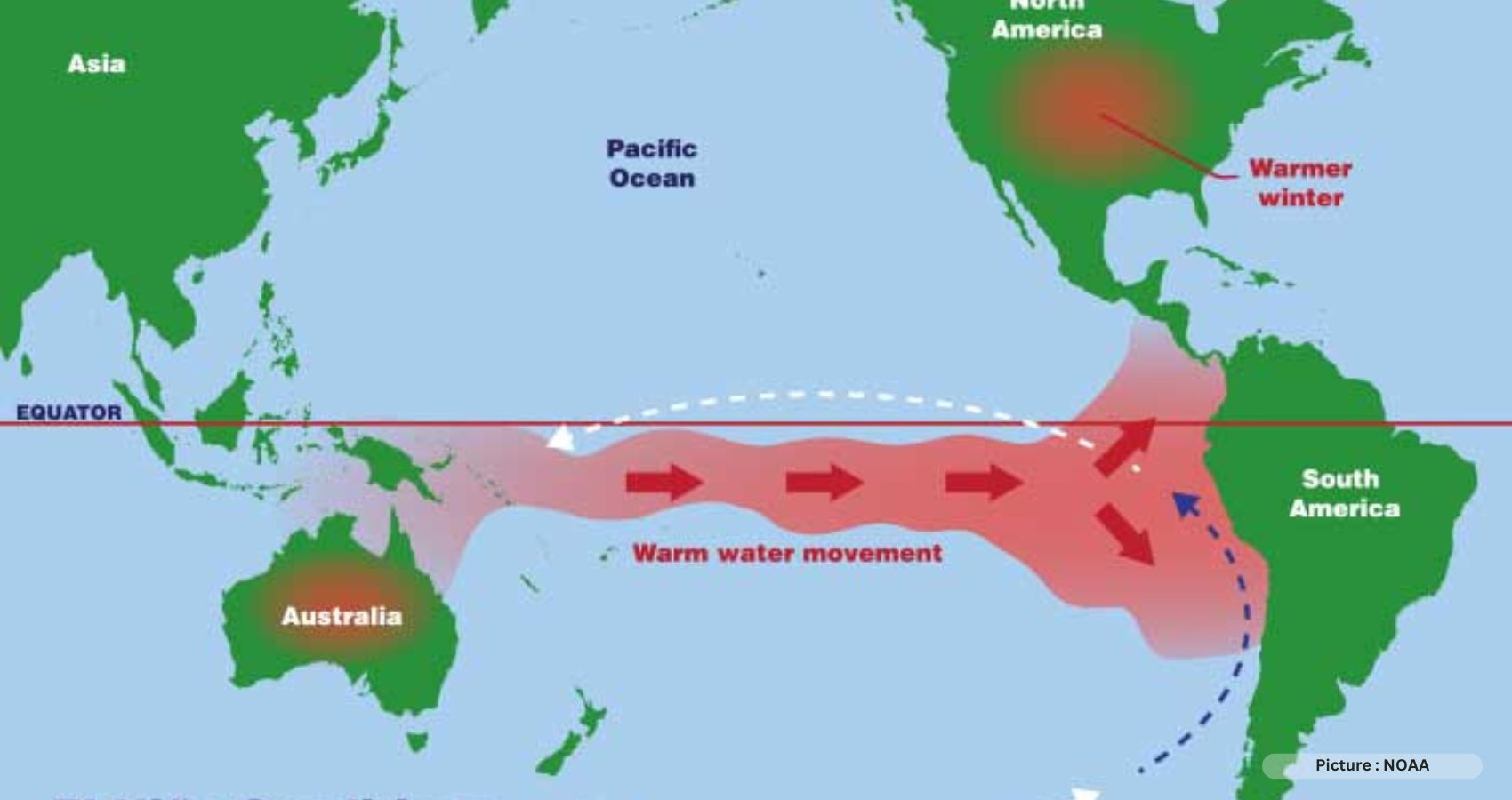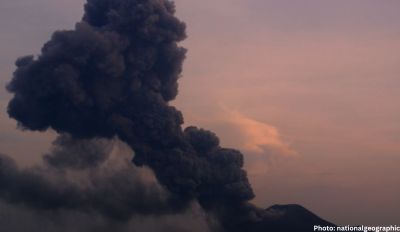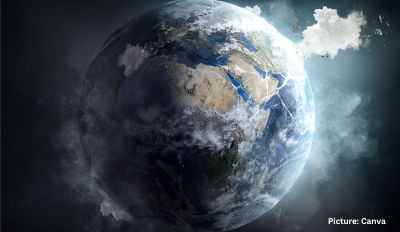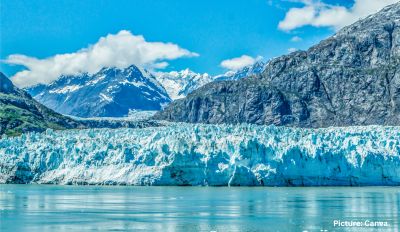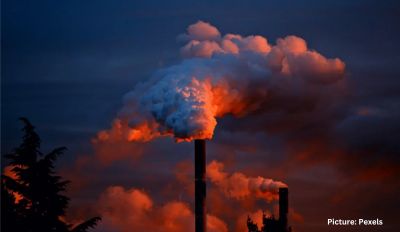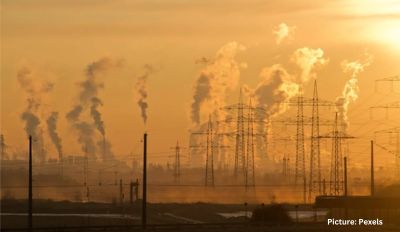El Nio is a weather pattern that occurs frequently when warm waters rise to the surface and spread across the ocean off the coast of South America.
Global sea surface temperatures for both April and May were the highest ever recorded in Met Office data dating back to 1850, given that heatwaves were occurring in the Atlantic and Pacific.
Tim Lenton, a climate change professor at Exeter University, says that if the seas are warmer than usual, you can also expect higher air temperatures.
A large portion of the additional intensity caught by the development of ozone harming substances has gone into warming the surface sea, he makes sense of. That additional intensity will in general get blended downwards towards the more profound sea, however developments in seas flows – like El Niño – can take it back to the surface.
“At the point when that occurs, a great deal of that intensity gets delivered into the climate,” says Prof Lenton, “driving up air temperatures.”
It’s not difficult to consider this uncommonly blistering climate surprising, however the discouraging truth is that environmental change implies encountering record-breaking temperatures is presently ordinary.
Emissions of greenhouse gases continue to rise annually. The pace of development has eased back somewhat, yet energy-related CO2 outflows were still up practically 1% last year, as indicated by the Worldwide Energy Organization, a worldwide energy guard dog.
According to Friederike Otto, a climatologist at the Grantham Institute of Climate Change at Imperial College London, the likelihood of heatwaves increases with the global temperature.
“These heatwaves are more continuous, yet in addition more blazing and longer than they would have been without an unnatural weather change,” she says.
Already, experts predict that the developing El Nio will likely make 2023 the hottest year on record.
They are concerned that it might temporarily push the world past a crucial 1.5C warming threshold. And that is only the beginning. Temperatures will continue to rise unless we drastically reduce our emissions of greenhouse gases.
The Met Office said for this present week that record June temperatures this year were made two times as reasonable in view of man-made environmental change.
Ecosystems around the world are already experiencing fundamental and almost certainly irreversible changes as a result of these rising temperatures.
For instance, unprecedented deaths of fish in UK rivers and canals were aided by record-setting June temperatures.
Prof. Schmidt of the University of Bristol warns that the UK will not be affected by the current marine heatwave because we have never experienced one this intense.
“In different areas, around Australia, in the Mediterranean, whole environments changed, kelp backwoods vanished, and seabirds and whales starved,” she says.
The world is successfully in a race.
It is clear we are speeding towards a consistently more sweltering and more tumultuous environment future, however we truly do have the advances and devices to cut our emanations.
Now, the question is whether we can move quickly enough to slow down the climate juggernaut and limit the effects of global warming to a level that is manageable.

